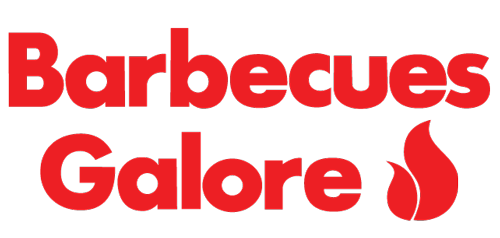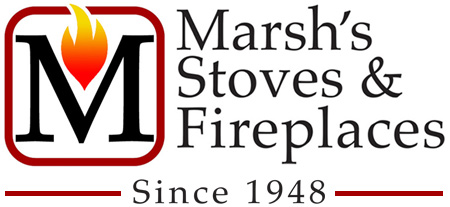Whether you burn wood or have a gas fireplace, you may experience occasional problems when it’s windy outside. It might be difficulty starting a fire, smoke backing up in the house or just hearing the wind blowing in the chimney or vent pipe. So, what’s going on? How do these problems occur? Most importantly, what can be done to solve these issues?
WIND ISSUES
Whether it’s the sound of the wind blowing across the top of your chimney, or the wind pushing air down your chimney, you could be in for a variety of interesting scenarios. Luckily, this is usually a quick fix and you may have a few different possible solutions.
If you plan on using your fireplace much, a lock-top sealing damper may be a better option for you. A lock-top sealing damper is basically a spring-loaded cap installed on the top of the chimney. A cable is routed down the chimney and into the firebox. Moving the handle on the cable, opens or closes the chimney flue. These are quite effective at thoroughly sealing up the flue and preventing the loss of warm air when the fireplace is not in use. If your damper is shot and you’re wondering about a fix, this is often the best alternative. Installation can be a bit tricky. It’s a project that’s probably best left to the professionals at your local WE LOVE FIRE® shop.
Another option may be a specialized cap. Wind directional caps, called chimney cowls, are designed to rotate to ensure there is no chimney downdraft when windy. Another cap, sometimes referred to as a hat design, is made to rotate with the action of the wind. The idea here is that the stronger the wind blows, the more the blades rotate and assist the draft in moving up and out the chimney.
All chimney caps for wood burning fireplaces and stoves, regardless of their design, are designed to keep out rain, snow and small critters. They should be made of stainless steel.
If your house is under construction or you are in the process of redoing your chimney, check out this great article by the Aprovecho Research Center about chimney designs for windy areas.
WOOD FIREPLACES
Back drafts and down drafts in wood burning chimneys can be tricky and at times, difficult to diagnose. A poor draft is a recipe for problems, starting with smoke backing up into the house.
There may be several reasons why you have a difficult time getting a fire going in your wood burning appliance. The most common reasons are a poor wood supply and drafting issues. A dirty, blocked or cold chimney is frequently the cause. Another possibility is a chimney not in compliance with code standards.
Sustained high winds or strong wind gusts can cause back drafts, that is the wind moving air backwards or down the chimney, instead of the draft moving the smoke up and out of the chimney. Don’t get wind gusts confused with negative air pressure. A high gust of wind from a certain direction may cause a periodic downdraft. But a negative air pressure condition will draw a constant stream of cold outside air spilling into the room.

Wood Fireplace Ambiance Flair
GAS FIREPLACES
Occasionally, high wind gusts can make it difficult for gas fireplaces to ignite. In extreme cases, the pilot light may have difficulty lighting or staying lit. In situations like this, when it’s been determined that it is a wind issue, a shield can be installed on the termination cap to help block high winds. These wind guards protect the termination cap of the venting system by preventing the cap from getting pummeled by the wind. With the prevailing winter winds from the west and north and if your fireplace or stove is vented out a west or north sidewall of the house, it’s a very good idea to have a wind guard or shield installed on the cap.

Gas Fireplace Napoleon
LIKE THE SCOUTS SAY: BE PREPARED!
There are many variables to keep in mind when evaluating a fireplace’s performance in cold and windy conditions. It can be a complicated matter. If you have had some problems described above and are wondering about a proper fix, or what might be right for you, please contact your nearby WE LOVE FIRE® expert. Their expertise and experience will go a long way in helping you be prepared. We have a hunch you’ll actually look forward to that next blustery winter night!






















12 Responses